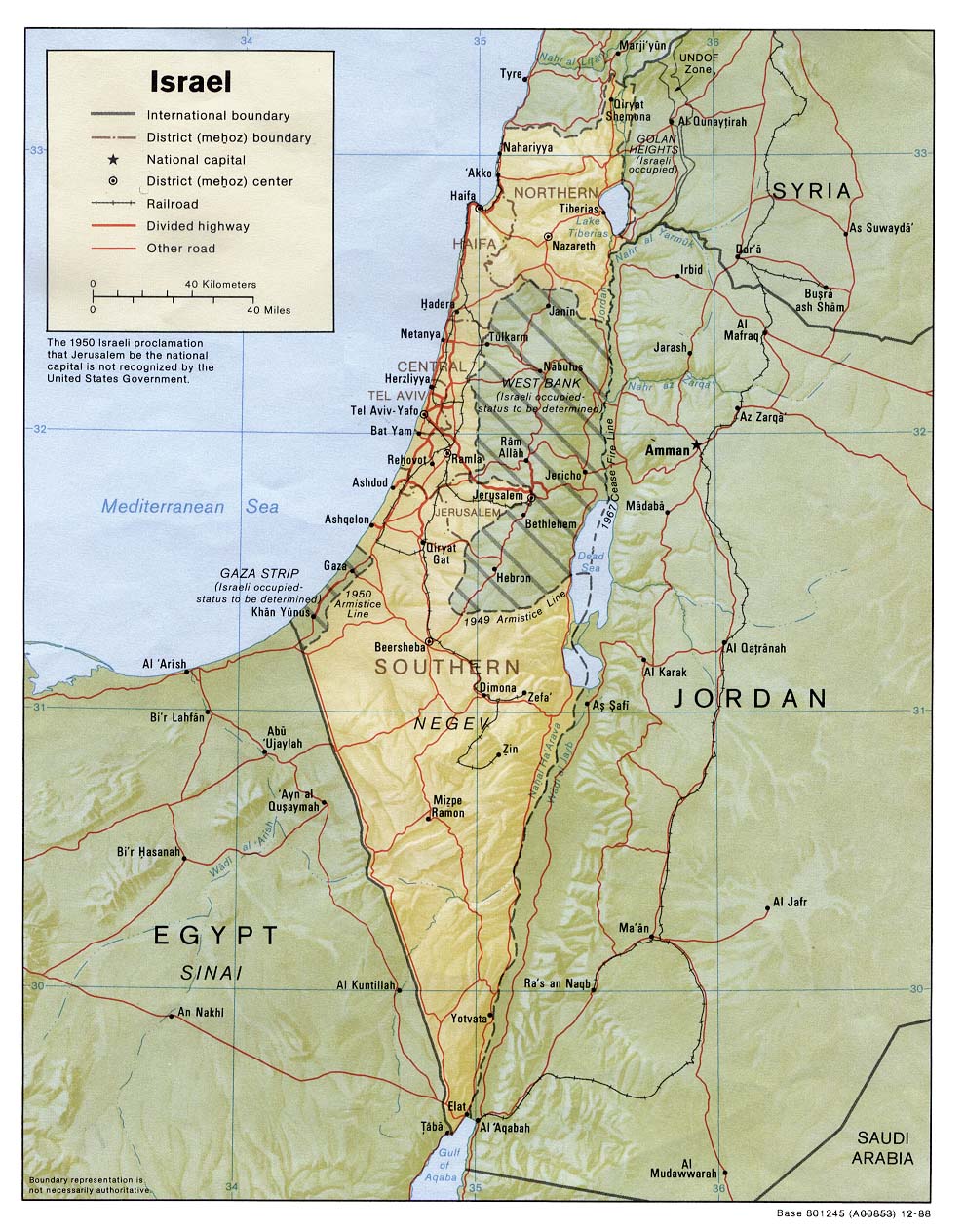

The reality that Trump wants to enact is a fully fractured Palestine-more of an archipelago than a state.īut this has always been the intention of the settlement enterprise. This is nowhere clearer than in Trump’s promise that Israel “will not have to uproot any settlements.” This assertion is nothing but an entrenching of the status quo, making the splintering of Palestinian territory permanent. The similarities expressed in both plans show the extent to which Trump’s plan is an extension of decades of Israeli policy.

Drobles took this idea and ran with it, referring to the settlements of the Jordan Valley as “our first defensive wall in the east.” While Trump and Kushner like to present their work as groundbreaking, the groundwork for the Jordan Valley’s annexation was in place decades ago. The same discussion about Israel’s eastern border appears in Israeli planning documents as early as the July 1967 Allon Plan-a plan created by then-Labor Minister Yigal Allon that recommended the annexation of the Jordan Valley in order to move Israel’s eastern border to the Jordan River and to create a buffer zone between Palestinians in the West Bank and Jordan.

Israeli forces deployed along the eastern slopes of the West Bank hill ridge could hold off a numerically superior army until the State of Israel completed its reserve mobilization.” In discussing the importance of Israel’s eastern border along the Jordan River, Trump and Kushner’s plan justifies perpetual Israeli control over the Jordan Valley: “the Jordan Valley provides a steep, approximately 4,600 foot physical barrier against an external attack from the east. As Trump and Kushner put it, “the State of Israel will maintain overriding security responsibility for the State of Palestine.” Or in Drobles’s words, “There cannot be any shadow of a doubt about our intention to maintain perpetual control over the territory of Judea and Samaria.” Palestinian control over land has never been on the table.īeyond the issue of territorial sovereignty, both plans agree on permanent Israeli control over the West Bank. Trump’s plan admits that it “necessarily entails the limitations of certain sovereign powers in the Palestinian areas.” Or as Drobles put it, “it is now important to emphasize, primarily through action, that the autonomy does not and will not apply to the territories but rather to the Arab population alone.” In other words, Trump, like Drobles 40 years ago, insists on absolute Israeli control over land, while outsourcing administration of the non-Jewish residents of that territory. Trump’s and Drobles’s plans share a conviction that there should never be any true Palestinian sovereignty over the land. Source: 1979 Drobles plan/Trump’s 2020 Peace to Prosperity plan His plan was basically a detailed attempt to execute the then-Agriculture Minister Ariel Sharon’s plan for settlement expansion-a task that successive Israeli governments carried out with great zeal over the following four decades, placing 640,000 settlers in key areas throughout the West Bank. In 1979, the World Zionist Organization released a plan titled “Master Plan for the Development of Settlements in Judea and Samaria, 1979–1983,” written by Matityahu Drobles, a former member of the Knesset for the Herut-Liberal Bloc-a precursor to today’s Likud party-and the head of the World Zionist Organization’s Settlement Division, the body responsible for planning and building settlements. In fact, it bears striking resemblance to another plan published more than 40 years ago. “If people focus on the old, traditional talking points, we will never make progress,” he argued.īut the Trump plan is actually as traditional as it gets. Israeli-Palestinian peace plan, boasted of his work. “We’ve taken an unconventional approach,” Jared Kushner, Trump’s son-in-law and the architect of the recently released U.S. President Donald Trump and his top aides pride themselves on thinking outside the box and boldly challenging conventional wisdom.


 0 kommentar(er)
0 kommentar(er)
